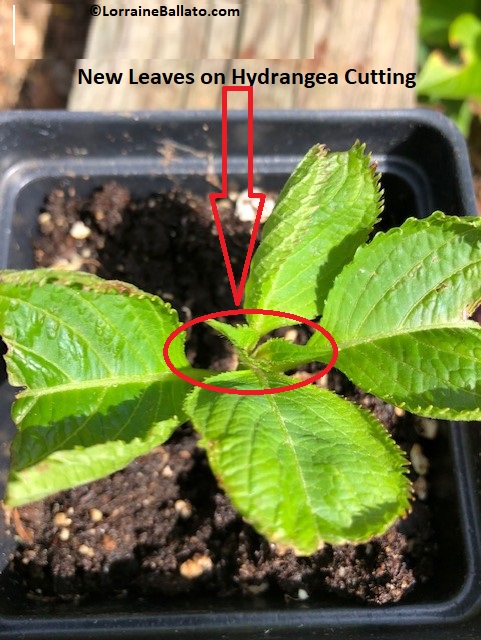Autumn is the best time for transplanting your hydrangeas (that means now), unless you live in the Southern Hemisphere.
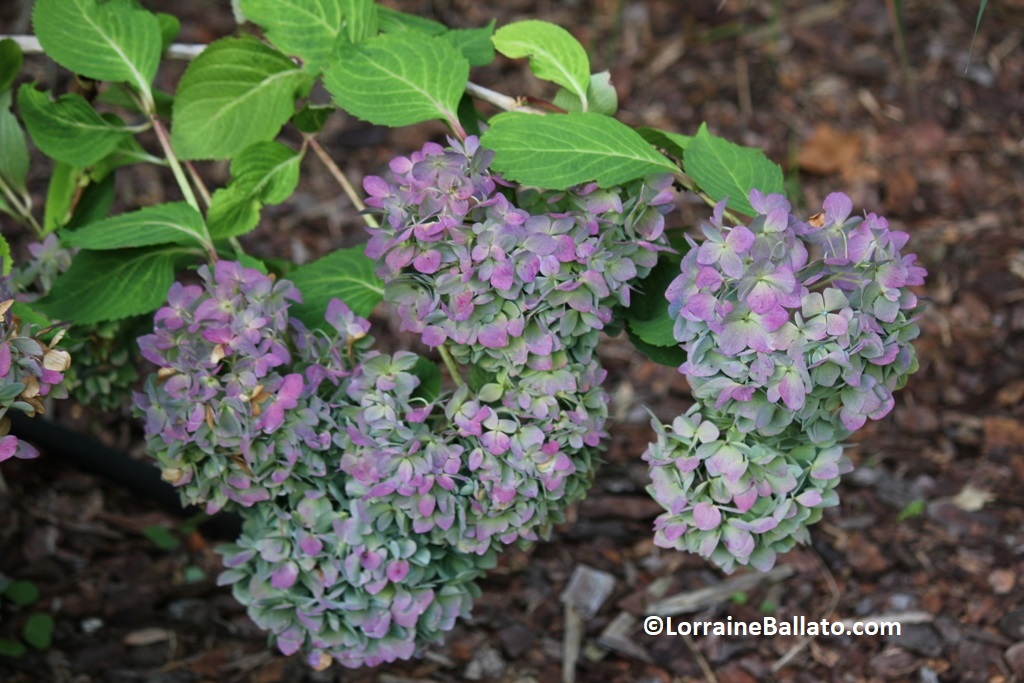
Big Leaf Hydrangea Changing Into Late Season Color
Why Plant Now
You need to give your new plantings enough time to settle in before the ground freezes. That usually takes about 6 weeks. Count backwards 6 weeks from that approximate date in your area and use that as your deadline to get the transplanting done. For me in Zone 5B (my ground is usually frozen by about December 1), I need to get my plants in the ground by about mid-October. The sooner, the better. Keep in mind that this is the same time your old wood plants are forming their buds for next year. So be gentle!
But why is it so much better to plant in the fall than in spring when most of us are madly digging? Here’s the science. In fall, the ground is wonderfully warm and is just the right temperature for your plants to develop roots and settle in. Spring planting is usually done with much colder ground so plants don’t get such a good start. Another advantage is autumn daylight hours are shorter so the possibility of heat stress is greatly reduced. Compare that to spring daylight which is ever increasing along with the heat. As a result, heat stress is more likely then. And lastly, natural rainfall is more plentiful this time of year so the burden on you, the gardener, to irrigate is greatly reduced. Plus no irrigation set up or schedule can match the benefits of a steady and slow drip from Mother Nature.
How About Planting Your Cuttings
Back to your garden…Remember those cuttings you rooted in July when you “pinch pruned” your hydrangeas?
Those little darlings should have developed roots by now, so go and check them. Look closely. Specifically examine them for the emergence of new leaves at the center of the cutting. They should be there by now, a sure sign that your cutting has indeed grown some roots (enough to push out new leaves!). Yes, I know they are tiny, but the clock is ticking.
Gently take the cutting out of the pot to verify roots are there. HOORAY!!!
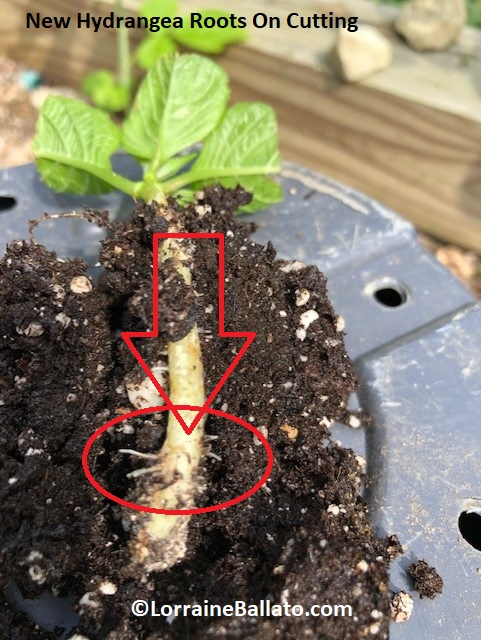
Hydrangea cutting with new roots.
Now you just have to get that baby into the ground so it can get established. You’ll have to remember to protect it this first winter if you live in a cold zone. Temperature fluctuations can cause new plants to heave and get their roots exposed – a sure death knell. You want to prevent that from happening. So once your ground freezes, apply lots of mulch at the base. Consider covering the new plants with a nursery pot (held with a stone). It will be protected from severe weather and wildlife like rabbits can’t get to it.
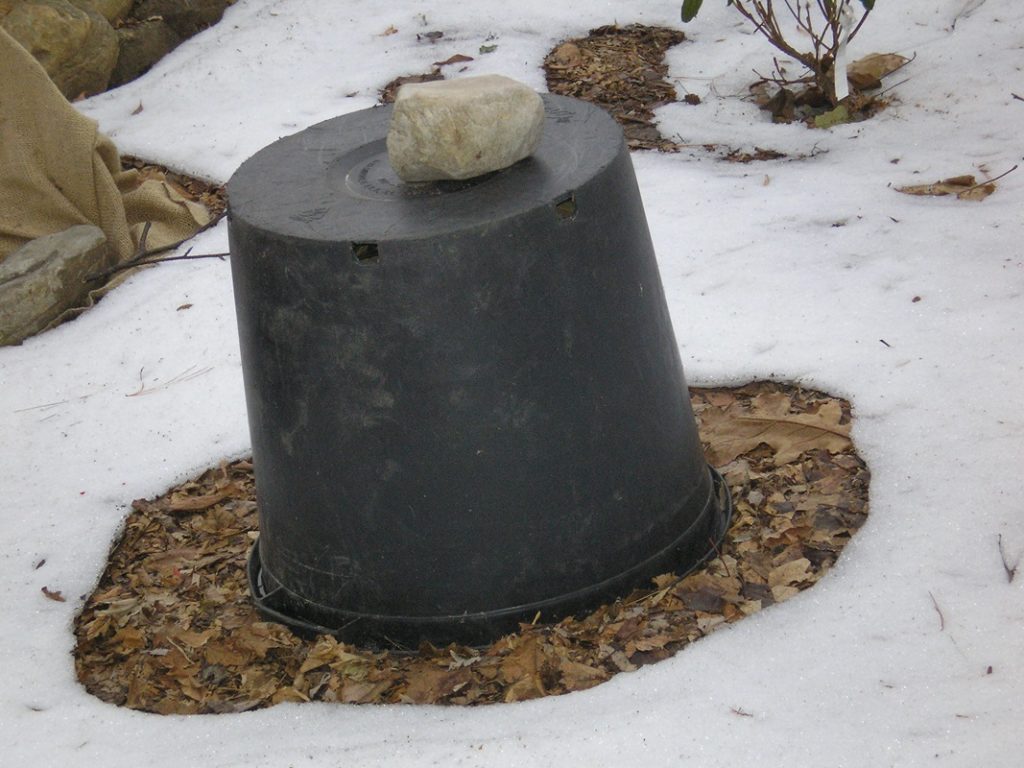
Nursery Pot Protecting a Plant
You Can Also Move/Divide Your Plants Now
The other consideration for autumn is moving/transplanting your hydrangeas. If you had lackluster flowering on your plants this past season, it is most likely a cultural issue. Winterkill from 2020, the right amount of sun and moisture, and untimely pruning are usually to blame. So think about where you might move a plant to improve its cultural conditions. Or what plant you can add to your garden to provide winter-persistent foliage to protect your hydrangea. I can’t tell you how often I have solved a hydrangea flowering issue just by transplanting.
Consider dividing your overgrown plants this time of year. Just dig from the outside of the plant to separate a piece that can then get planted somewhere else. This is especially useful for your woodland hydrangeas like ‘Annabelle’ that have a tendency to sucker and create large colonies.
I did a post on this last season — it never gets old.
More Info in my Book
For a more complete discussion of transplanting and dividing, see the full chapter on this topic with photos in my book, Success With Hydrangeas, A Gardener’s Guide.
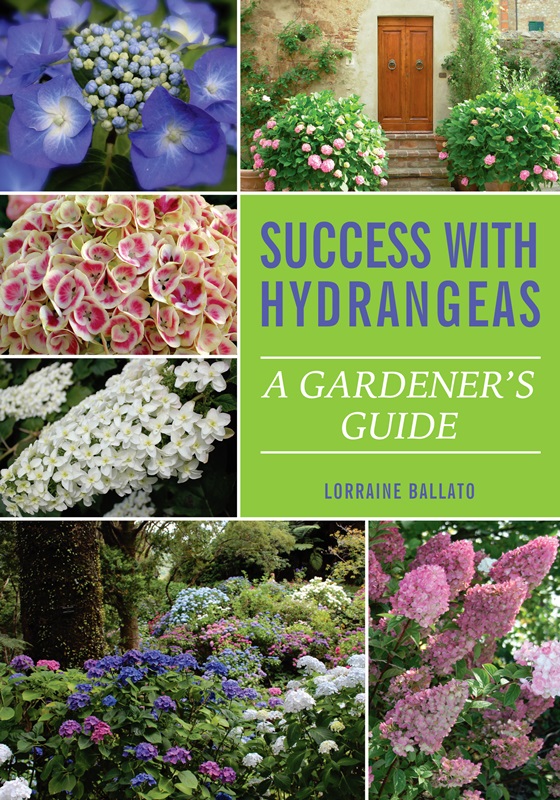
Success With Hydrangeas book
Fall New York Botanical Garden Classes

Speaker delivering presentation
Just a reminder that I have 2 virtual classes from NYBG this month. I’ll be teaching about shrubs, and hydrangea pruning. Go HERE to get all the details.
Thanks for reading.
6 Secrets for Stunning Hydrangea Flowers
Get my FREE mini-guide with 6 fool-proof tips showing how to grow hydrangeas that produce the most amazing flowers.
No spam - I promise!
